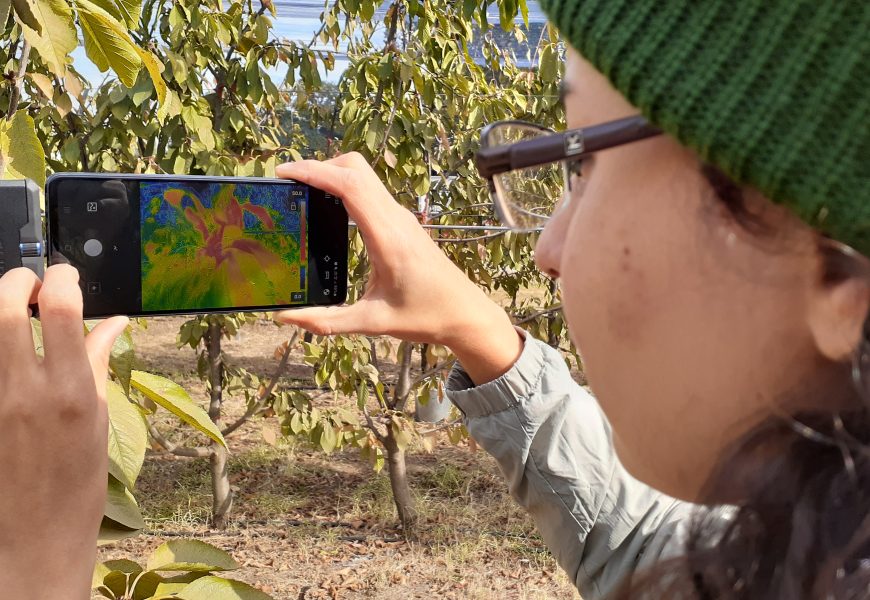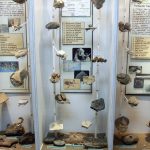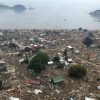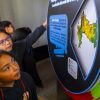By Francisca Olave Campos/franciscaolave @udec.cl | Photographs: Courtesy of the Faculty of Agronomy
It is not just about getting more and better fruit anymore. Today, technology looks to support the agricultural sector in different aspects to enhance its efficiency and sustainability. This has become even more salient when considering the impact that climate change is having.
This is how the experts of the Vegetable Production Department, led by Dr. Richard Bastias Ibarra, understand it. “Nowadays in the field of agronomy, there are many environmental factors that affect the productive sector that have to do with temperature, water availability, and fires. These alter crops and must be monitored in situ to have a real X-ray of what is happening in the fields. That’s why the challenge is to take the laboratory outside, with research that’s as close as possible to reality”, explains Dr. Bastias.
Experiment Stations
An example of these new technologies can be found at the UdeC Faculty of Agronomy’s El Nogal Experiment Station. With consumers who are ever more aware of what they eat and looking to know how and where it has been grown, it has become a necessity to accurately record these and other details, which today can be monitored with increasingly accurate tools.
“Here we do research in an open field, the closest thing to reality, but without lowering the research level. That is key since it is much more real than what is done in a closed laboratory, which tries to recreate external conditions. I think that the concept of a living or natural laboratory has allowed us to do high-level research, getting as close as possible to productive reality,” Bastias points out.
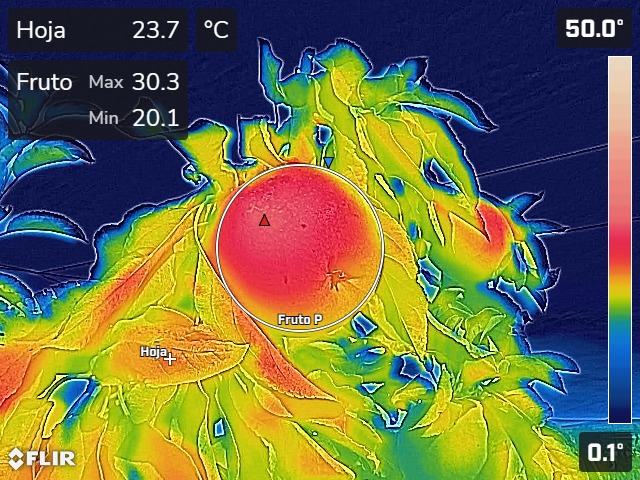
Use of Technologies
In El Nogal, specifically in the fruit trees sector, the agronomy engineers Ignacio Urra and Constanza Meza support Bastias in observing the impact of the climate on cherry and apple trees, using sensors that allow monitoring crop behavior in situ.
The aim is to simulate the effect of rising temperatures on buds that induce fruit malformations. Polyethylene cylinders are used for this, to obtain thermal thresholds and give guidelines for their management in the field. “We are doing this with state-of-the-art equipment. We work with sensors that monitor the temperature of the buds over time, with thermal cameras for spatial monitoring” the professor says, adding “In cherry trees, we are also testing different technological solutions, for example generating a different environmental temperature condition using photo-selective meshes to monitor the plant’s eco-physiological state. This is a branch of plant physiology that allows studying how the environment affects crops, and based on this, defining the best agronomic management strategy.”
Agricultural Management Software
The thermal cameras generate detailed control for both cherry and apple trees, through digital photographs, that observe the plant’s thermal behavior. “We have been working with the Faculty of Engineering in Concepción to have a more in-depth analysis of the data captured, specifically Dr. Sebastián Godoy, who is supporting us in interpreting the images,” said Dr. Bastias, regarding these cameras, which look to obtain the plant’s specific thermal stress thresholds.
In this way, thanks to the extensive information available with this technology in the experiment unit, it is possible to generate high-impact publications and develop tools to guide farmers in making the best decisions.
Last modified: 29 de agosto de 2025
